NextGen philanthropists and the transfer of intergenerational wealth
ASU Lodestar Center
OCTOBER 11, 2013
Next gen major donors" are defined as people aged 21 to 40 who are persons of wealth and are involved with their families'' philanthropic activities. Time, talent, treasure and ties Yes, ties. David loves to offer his skills and interests as well as writing a check, becoming deeply engaged in one nonprofit at a time. Stay tuned!


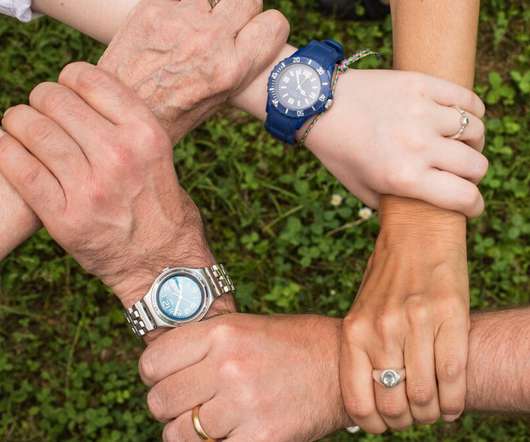
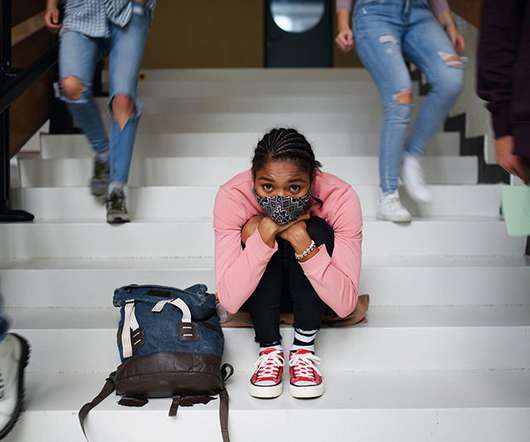
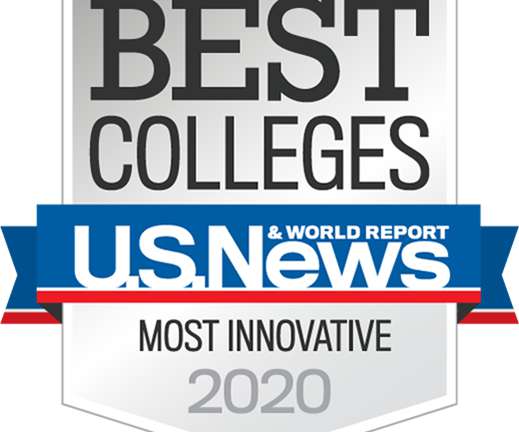







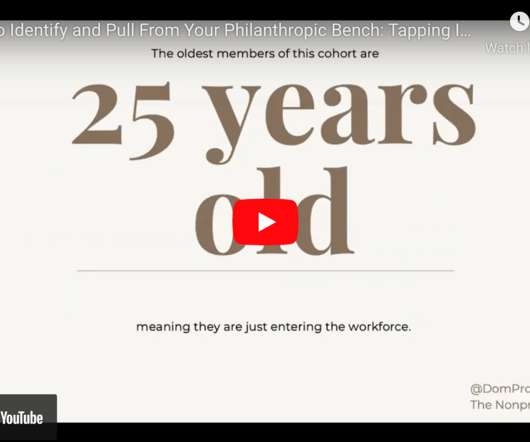
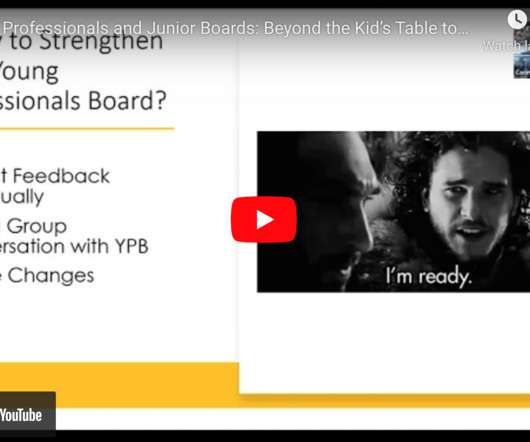






Let's personalize your content